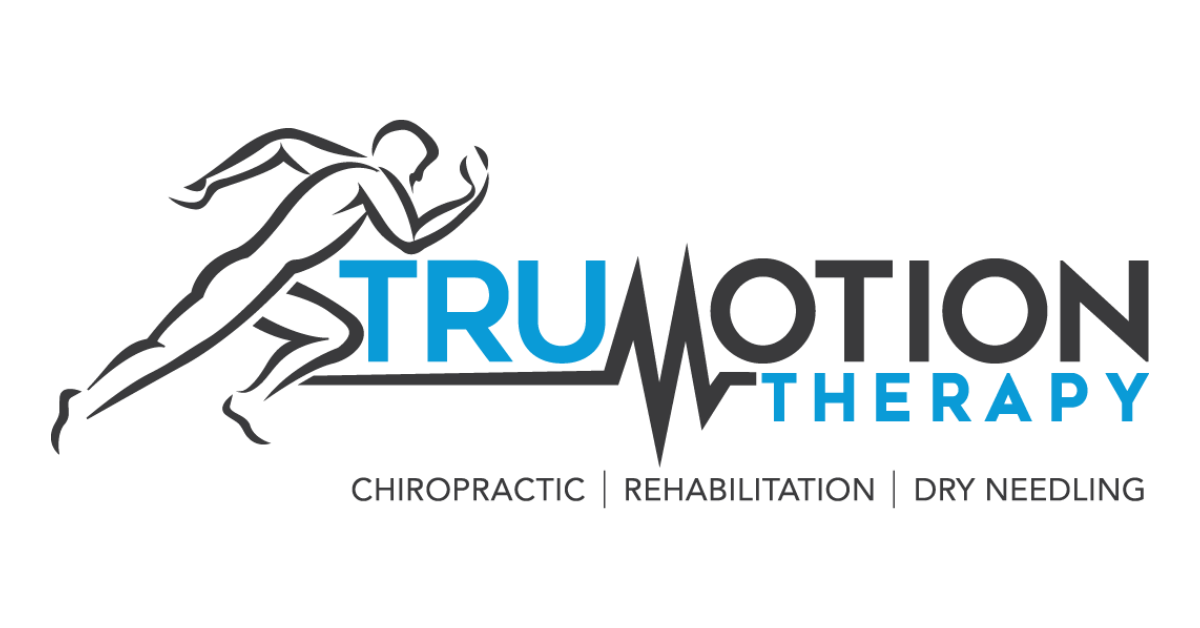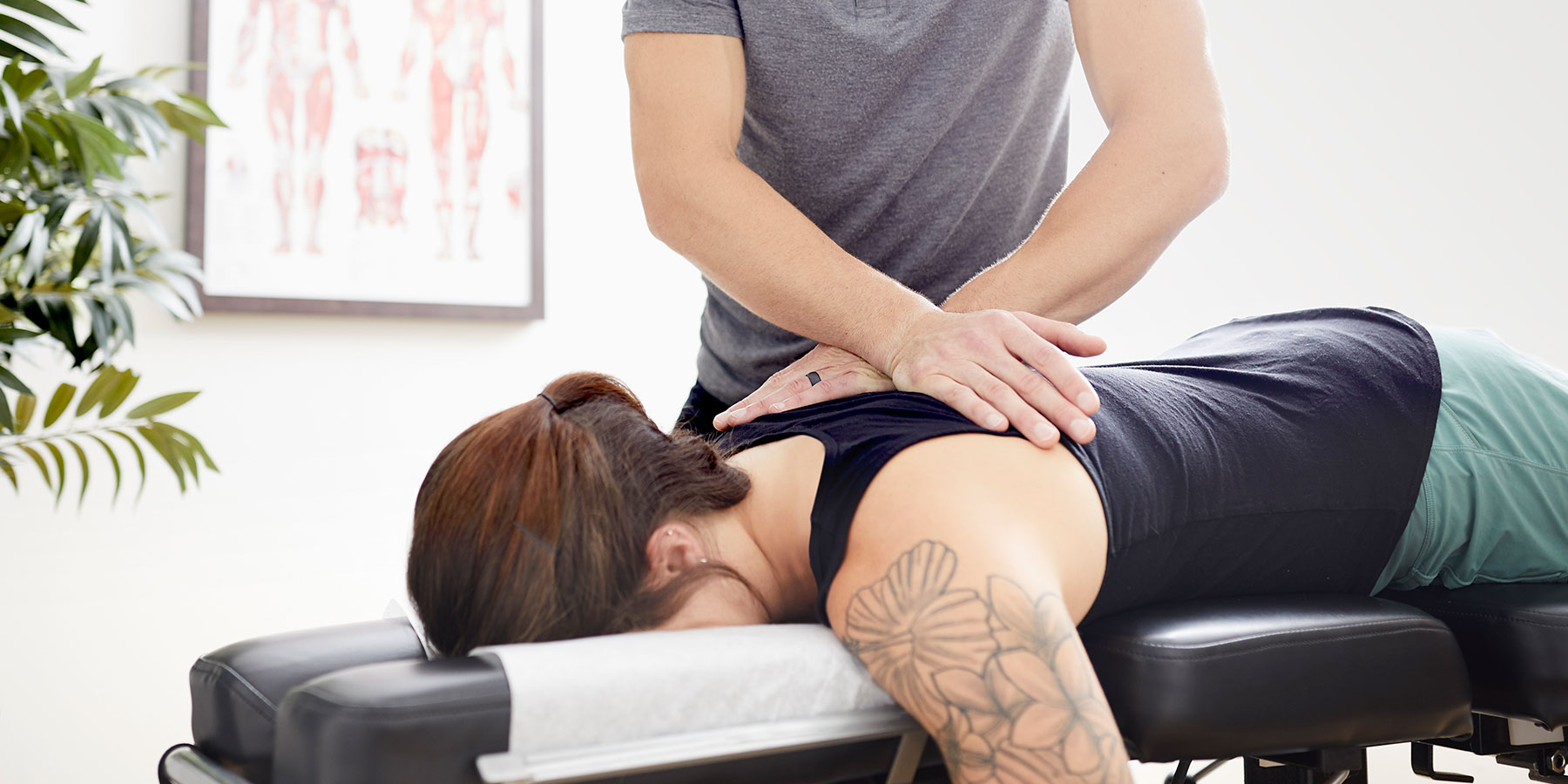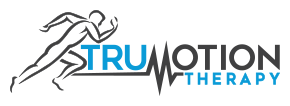Shoulder Pain

Relief Starts at TruMotion Therapy
TruMotion Therapy offers personalized treatments using advanced, evidence-based practices and techniques. Our goal is to treat injuries, pain, and movement issues through comprehensive care that targets the cause of the condition, not just its symptoms.
Identifying the Causes and Symptoms of Shoulder Pain
Shoulder pain stems from various problems like:
Your shoulder movements may be stiff or limited due to discomfort. Your shoulder or arm might also feel too weak for everyday activities, or the pain could worsen at night and radiate down your arm.
Sometimes people experience mild shoulder pain after playing a sport or working out. Yet painful movement, persistent shoulder blade knots, and limited shoulder movement may signify a more serious problem. Seek medical attention if your affected joint appears deformed, the pain lasts over four weeks, or if the pain or swelling is too intense.


Innovative Treatments for Lasting Relief
Icing your shoulder and taking over-the-counter medication may help with mild discomfort. Yet holistic treatments are also effective in addressing shoulder pain. They include everything from physical therapy and chiropractic care, which uses manual adjustments to improve range of motion and alleviate pain.
Dry needling is another innovative treatment that helps with problems like frozen shoulder or knots that cause painful muscle tension. With this process, a chiropractor will carefully insert thin, sterile needles affected soft tissue to encourage it to loosen and heal. The benefits of dry needling include:
- Improved muscle function
- Enhanced shoulder mobility
- Pain relief
TruMotion Therapy offers customized. We strive to provide lasting relief by improving shoulder flexibility and loosening tight muscles.


The Role of Targeted Chiropractic Care in Healing
Visiting a in Charlotte, NC, is an excellent way to take charge of your recovery and healing journey. Chiropractic adjustments can target everything from shoulder pain to.
Unlike surgeries and prescription medications, chiropractic care is a holistic, non-invasive approach to shoulder pain treatment. Since they target the root of pain, discomfort, and limited range of motion, chiropractic treatments can provide long-term pain relief, thus improving your quality of life.
At TruMotion Therapy, we understand the benefits and usefulness of chiropractic adjustments for treating shoulder pain. Our clinicians offer personalized, comprehensive treatment plans. Treatments may include exercise therapy or various muscle release techniques.
Preventing Shoulder Pain With Lifestyle Adjustments
Posture especially for those who frequently work at desks or on computers. Improving your posture will help prevent shoulder pain.
Below are ergonomic tips to help you stay productive at your desk without developing shoulder problems:
- Keep computer screens at eye level
- Ensure your hands and elbows are at 90 degrees while at your desk
- Take small movement breaks to promote good muscle and spinal health
Implementing these changes to your work life will translate to fewer problems with your shoulders. You’ll have a better posture, which reduces the risk of shoulder blade knots. Staying active and regularly stretching your pectoralis major muscle and neck joints also helps.

Choose TruMotion Therapy for Shoulder Pain Care
You‚Äôll find what you need from TruMotion Therapy. Our chiropractors take time to understand each patient’s unique situation and need to develop the ideal treatments to support their recovery from persistent shoulder pain.
Our skilled, highly experienced clinicians dedicate themselves to resolve pain and movement issues while prioritizing our patients’ well-being. Ready to live without shoulder pain¬†or restricted movement? Turn to TruMotion Therapy in Charlotte, North Carolina ‚ÄĒ call (980) 819-5818¬†today for an appointment with our experts.




